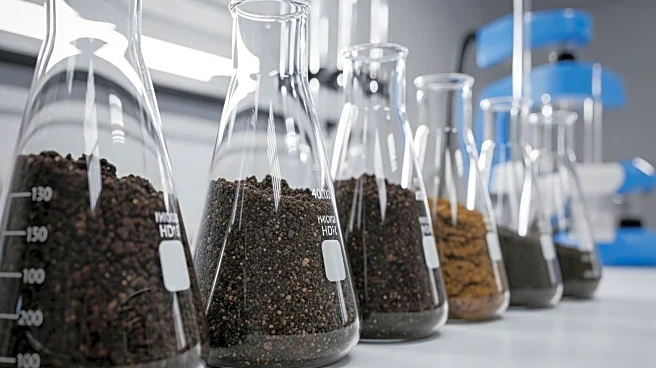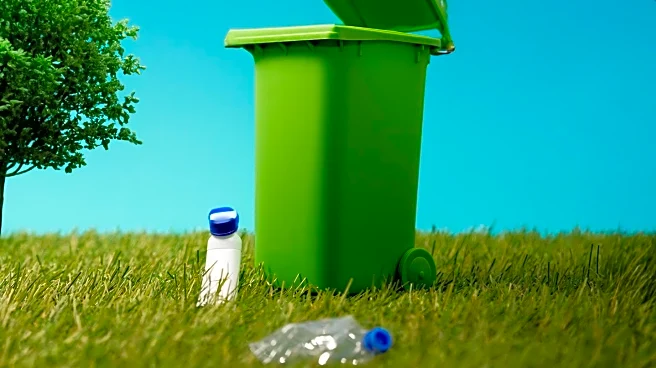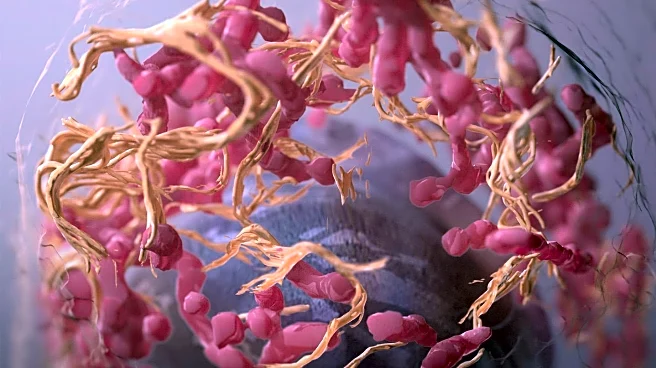What's Happening?
Residents near the Mobuoy dump, one of Europe's largest illegal landfill sites, are engaging in discussions about clean-up plans. The site, located outside Londonderry, covers over 100 acres and was used for illegal waste dumping until its closure in 2013. Concerns have been raised about potential contamination of local water supplies, particularly the River Faughan, which provides drinking water to the area. The Northern Ireland Environment Agency (NIEA) is consulting with the public on how to address the waste, which includes over 600,000 tonnes of illegally dumped materials. Some residents, like Kerry Buchanan and Robert Ross, are seeking reassurances about the safety of the water supply and the impact on local wildlife. The Department of Environment, Agriculture and Rural Affairs (Daera) suggests that not all waste needs to be removed, as some materials do not cause water pollution.
Why It's Important?
The clean-up of the Mobuoy dump is crucial for environmental and public health reasons. The illegal dumping has raised concerns about water contamination and the safety of local ecosystems. The site is near the River Faughan, a critical water source, and any contamination could have severe consequences for the community. The clean-up efforts are also significant in terms of financial implications, with costs estimated to range from £17 million to £700 million, depending on the extent of the waste removal. The situation highlights the challenges of managing illegal waste and the importance of effective environmental regulation and enforcement.
What's Next?
Further public consultations and information events are planned to address residents' concerns and outline the clean-up strategy. The NIEA and Daera will continue to evaluate the best methods for waste management, balancing environmental protection with cost considerations. The outcome of these consultations will likely influence future policy and regulatory approaches to waste management in Northern Ireland.












